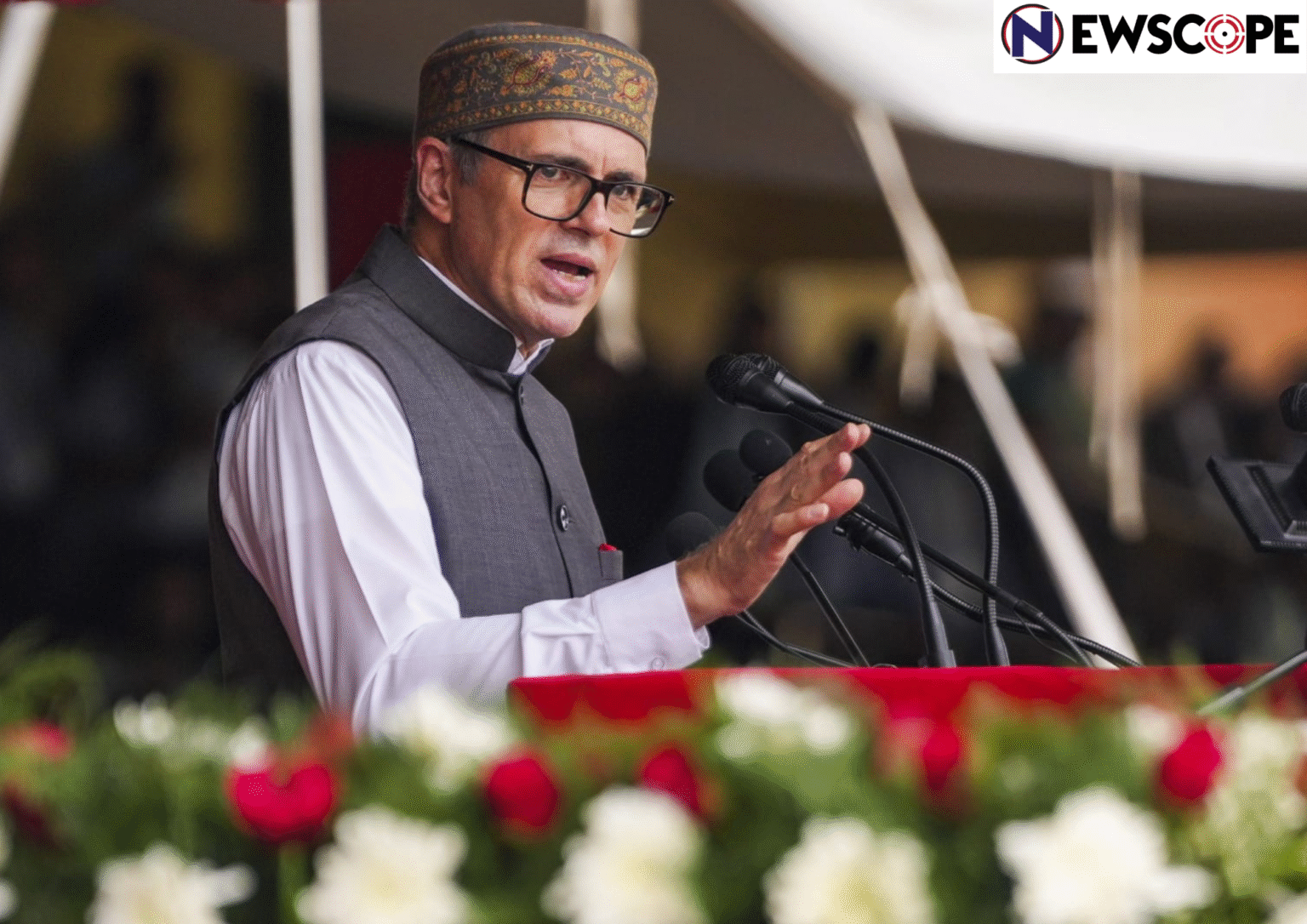The Law Ministry of India recently rejected the proposal to introduce staggered terms for Rajya Sabha members from Jammu and Kashmir. This decision has sparked discussion in political and legal circles as many were expecting changes after the re-organisation of the former state .
Currently in most states, Rajya Sabha members are elected in a staggered manner which means that only a portion of the members retire every two years. This ensures continuity and avoids a complete change in representation at once. However when Jammu and Kashmir lost its statehood and became a Union Territory in 2019 , there were questions about how its Rajya Sabha seats should be managed .
Some leaders suggested introducing a staggered system for J&K like other states. They argued that this would provide smoother functioning and stronger representation for this region in Parliament. But the Law Ministry made it clear that such a system cannot be applied under the current constitutional setup for Union Territories .
According to the officials , the Union Territories do not follow the same rules as the states when it comes to Rajya Sabha. Since Jammu and Kashmir is now a Union Territory with its own Assembly, its representation will continue as per the special provisions created after the reorganisation . The ministry said that introducing staggered terms , would require major constitutional amendments , which are neither practical nor necessary at this stage.
Political reactions have been mixed as the opposition leaders criticised the move, claiming it weakens democratic practices in Jammu and Kashmir. They argue that the people of the region deserve the same treatment as citizens in other states. Whereas on the other hand, some experts believe that the Law Ministry’s stand is technically correct and ensures uniformity with how other Union Territories are represented in the Rajya Sabha.
For now, the decision means that Jammu and Kashmir’s Rajya Sabha seats will not follow the staggered retirement model. The issue has once again highlighted the unique challenges of balancing democracy, representation and constitutional rules in the Union Territory.



